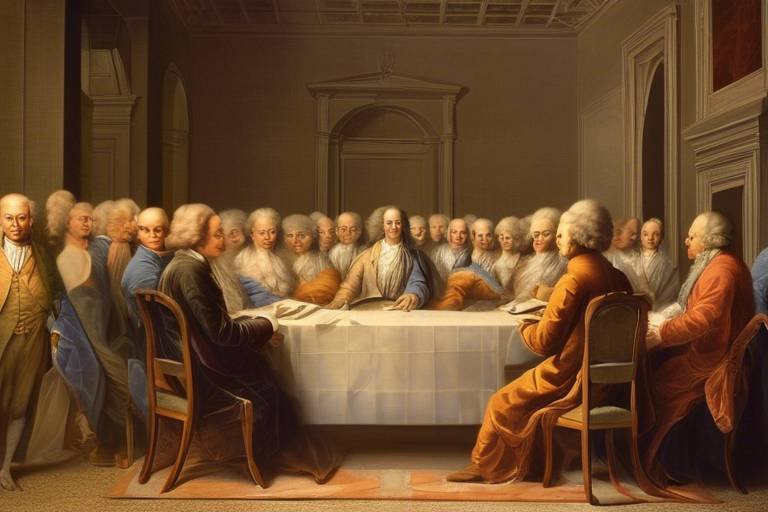The Impact of the Industrial Revolution on Cultural Heritage
The Industrial Revolution stands as a monumental turning point in history, leaving an indelible mark on the cultural heritage of societies worldwide. This era of rapid industrialization brought about a seismic shift in various aspects of cultural identity, reshaping everything from architecture to traditions. As the smokestacks rose and the machines roared to life, the very fabric of society began to transform, setting the stage for both progress and challenges in preserving cultural heritage.

Transformation of Architecture
Exploring how the Industrial Revolution reshaped cultural heritage, from architecture to traditions, and examining both positive advancements and negative consequences on various aspects of cultural identity.
The Industrial Revolution brought about a seismic shift in architectural practices, fundamentally altering the way buildings were designed and constructed. With the advent of new technologies and materials, architects embraced innovative styles that reflected the industrial era's ethos of progress and efficiency. The once ornate and intricate designs of the past gave way to sleek, utilitarian structures that symbolized the march of industrialization.
Steel and iron became the backbone of architectural innovation, allowing for the construction of taller buildings and expansive bridges that transformed urban skylines. The emergence of factories and warehouses with large, open spaces redefined the concept of industrial architecture, blending form and function in unprecedented ways. However, this rapid transformation also posed challenges for preserving historic buildings and heritage sites, as the focus shifted towards modernization and urban development.
Architectural conservation efforts became crucial in safeguarding the cultural legacy of centuries-old structures against the tide of industrial progress. The delicate balance between preserving architectural heritage and embracing modernity continues to shape urban landscapes worldwide, highlighting the enduring impact of the Industrial Revolution on architectural evolution.
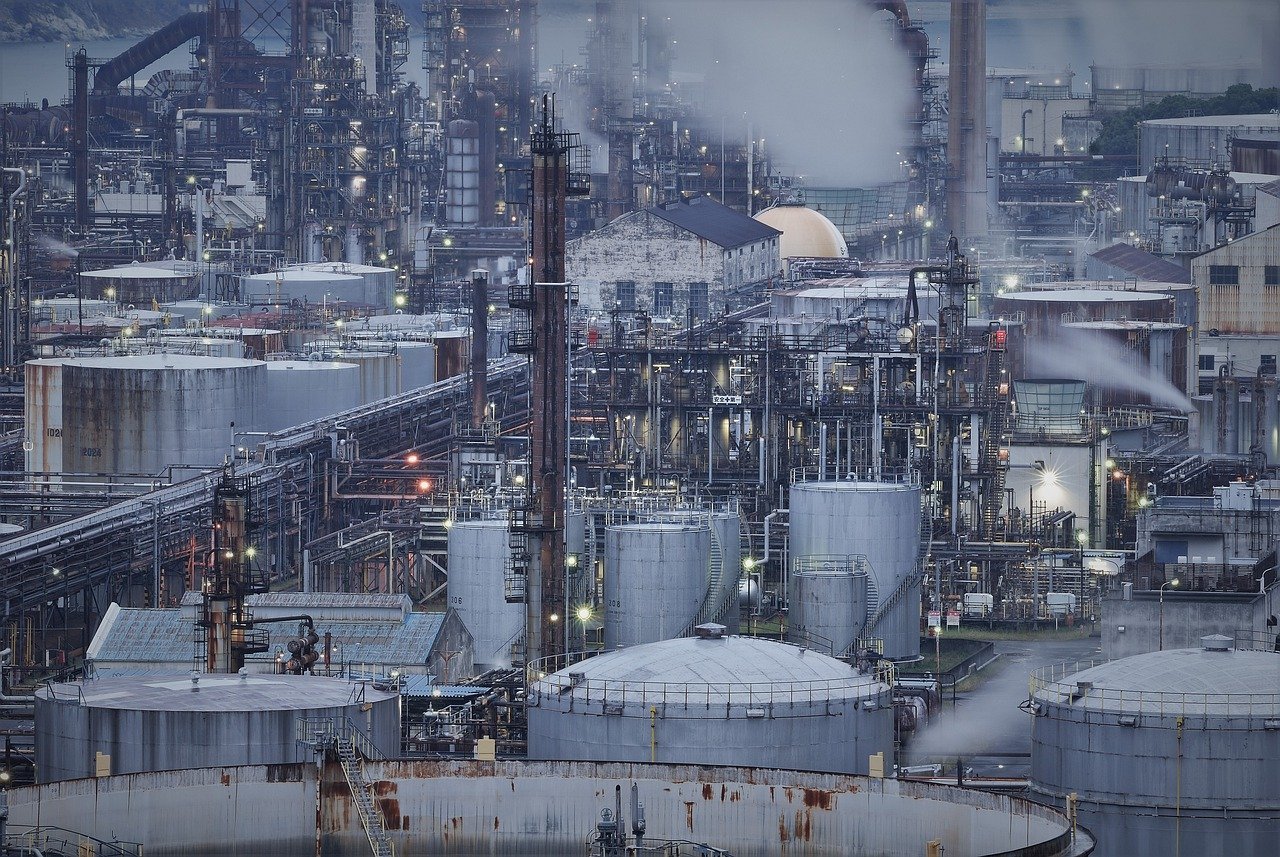
Shift in Artistic Expression
During the Industrial Revolution, a profound shift in artistic expression took place, transforming the creative landscape in unprecedented ways. Artists found themselves grappling with the impact of industrialization on their craft, leading to a redefinition of artistic mediums, themes, and societal roles. The traditional methods of artistic creation were challenged by the emergence of new technologies, prompting artists to explore innovative techniques and experiment with unconventional materials.
Artistic movements underwent a significant evolution as a result of the Industrial Revolution. The rapid advancements in machinery and production processes influenced the subject matter and style of art, reflecting the changing realities of urbanization and industrial society. Artists began to depict industrial scenes, machinery, and urban landscapes, capturing the essence of a rapidly transforming world.
The role of artists in society also experienced a shift during this period. As industrialization brought about societal changes and economic shifts, artists found themselves navigating new avenues for expression and engagement with their audience. The relationship between art and industry became intertwined, with artists contributing to the cultural discourse on progress, innovation, and social change.
Moreover, the Industrial Revolution challenged traditional notions of artistic craftsmanship and individual creativity. The mass production of goods and the standardization of artistic processes posed a threat to the uniqueness and authenticity of handmade artworks. Artists grappled with the tension between industrial efficiency and artistic integrity, seeking to redefine the boundaries of creativity in a rapidly industrializing world.
Overall, the shift in artistic expression during the Industrial Revolution marked a pivotal moment in the history of art, paving the way for modern artistic movements and redefining the role of artists in society. The legacy of this transformative period continues to influence contemporary art practices, inspiring artists to explore the intersection of technology, creativity, and cultural identity.
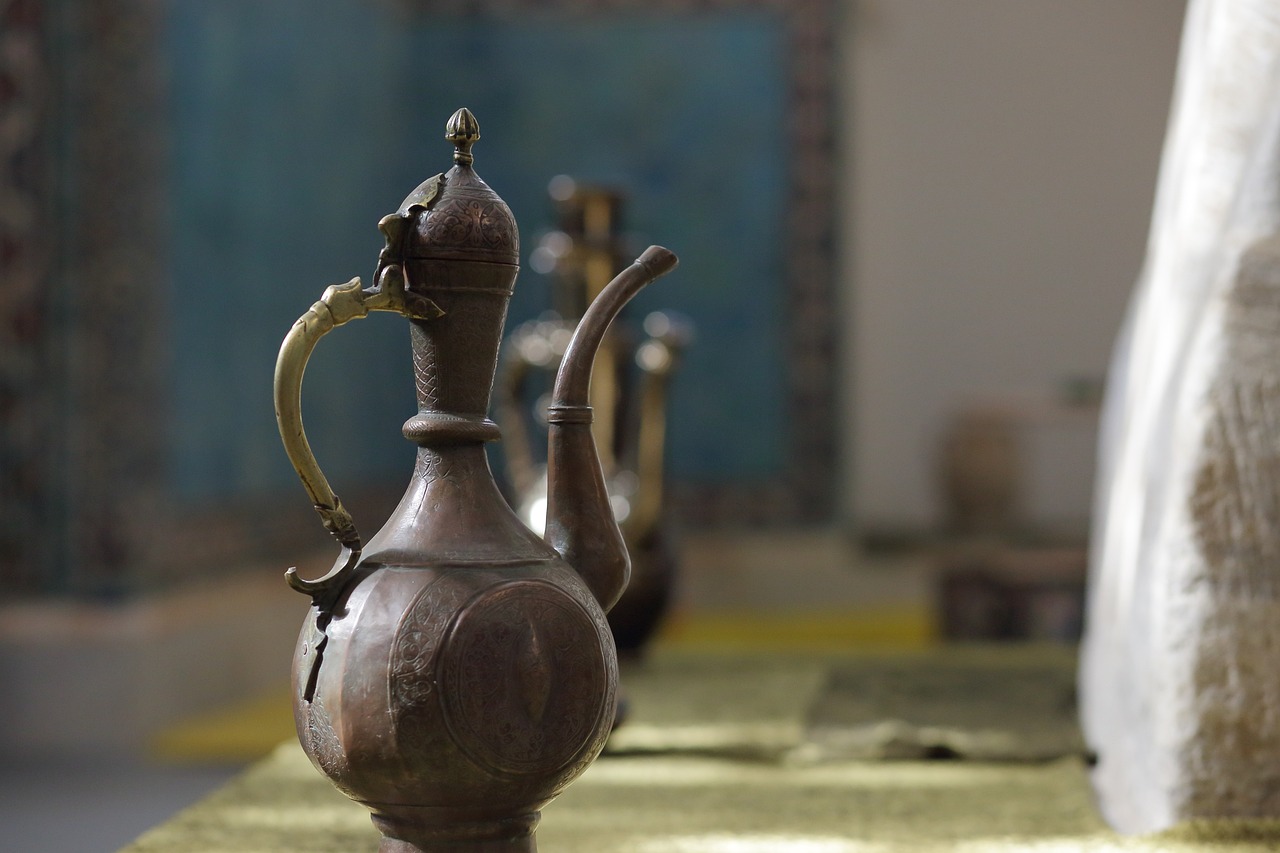
Impact on Traditional Crafts
During the Industrial Revolution, traditional crafts faced a significant impact as mass production and mechanization replaced handmade goods. Artisanal skills that had been passed down through generations were at risk of being lost forever. The shift towards factory-produced items led to a decline in the appreciation and demand for handcrafted products, threatening the livelihoods of skilled craftsmen and women.
As industrialization spread, traditional crafts such as weaving, pottery, and woodworking faced challenges in competing with the efficiency and cost-effectiveness of machine-made goods. The intricate details and unique characteristics of handmade items were overshadowed by the uniformity and speed of mass-produced alternatives.
Efforts to preserve traditional crafts became crucial as industrialization continued to reshape the economic and social landscape. Organizations and individuals dedicated to heritage conservation recognized the importance of safeguarding these crafts as integral parts of cultural identity. Initiatives aimed at reviving traditional skills and promoting artisanal products emerged to counter the threat of extinction facing many traditional crafts.
Despite the pressures of industrialization, some traditional crafts managed to endure and even experience a revival in the modern era. The appreciation for handmade, sustainable, and culturally significant products has grown, leading to a renewed interest in traditional craftsmanship. Artisans and craft communities have found ways to adapt to changing markets while staying true to their heritage, blending tradition with innovation to create unique and sought-after pieces.
The impact of the Industrial Revolution on traditional crafts serves as a reminder of the delicate balance between progress and preservation. As we navigate a rapidly changing world, the legacy of these crafts continues to enrich our cultural heritage, highlighting the importance of valuing and supporting the artisans who keep these traditions alive.
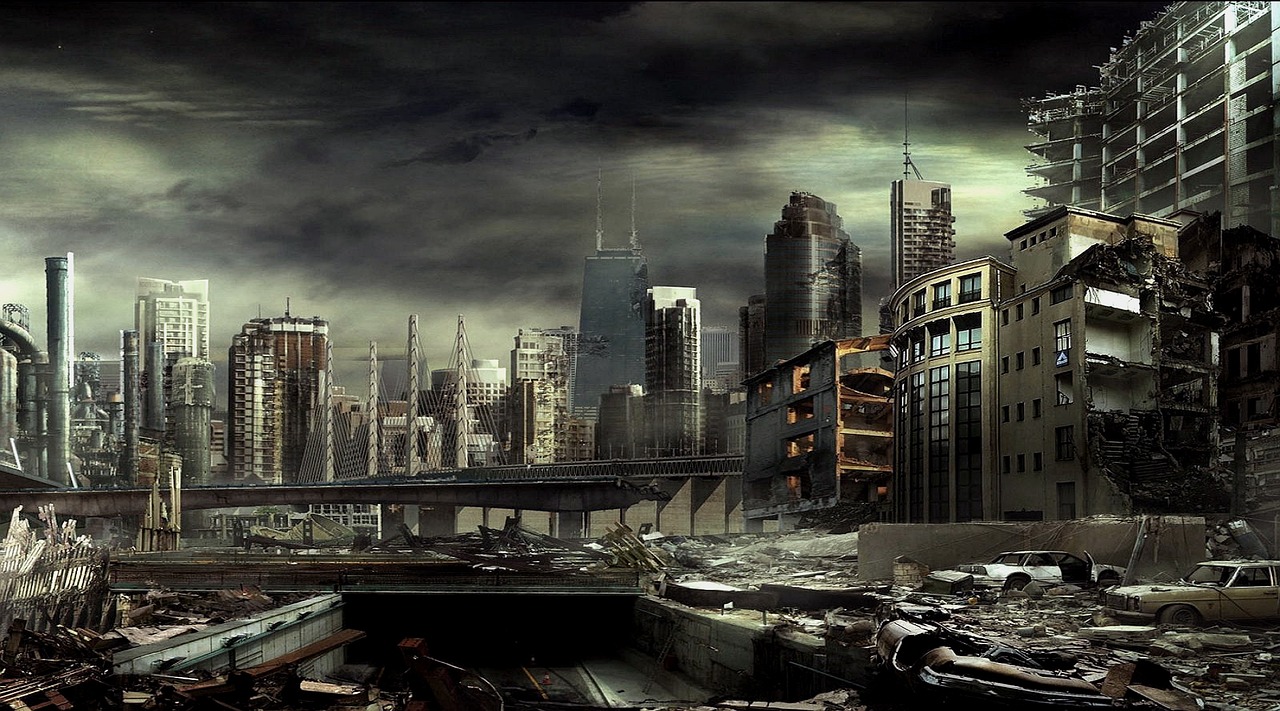
Changes in Cultural Practices
During the Industrial Revolution, the landscape of cultural practices underwent a profound transformation, reshaping the way societies engaged with their traditions and rituals. The rapid industrialization and urbanization brought about significant changes in social norms, community dynamics, and everyday practices, challenging the traditional ways of life that had been deeply rooted in cultural heritage for generations.
One of the most notable shifts was observed in the realm of craftsmanship, where the rise of mass production and mechanization led to the decline of traditional artisanal skills. As machines replaced skilled artisans, the art of handcrafted goods began to fade, causing a loss of cultural identity tied to these crafts. This shift not only affected the economic viability of traditional crafts but also posed a threat to the preservation of cultural heritage embedded in these practices.
Moreover, industrialization influenced the evolution of cultural rituals and festivals, altering the way communities celebrated and commemorated important events. The pace of urban life accelerated, leading to changes in the timing, scale, and significance of traditional ceremonies. As industrial cities grew, the once intimate and local customs became more standardized and commercialized, reflecting the broader societal changes brought about by the Industrial Revolution.
Furthermore, the Industrial Revolution redefined the concept of leisure and entertainment, introducing new forms of cultural practices that reflected the urban lifestyle. The emergence of entertainment industries, such as theaters, music halls, and amusement parks, provided novel avenues for social gatherings and recreation, shaping the cultural fabric of urban societies. These new forms of leisure activities not only diversified the cultural landscape but also challenged the traditional modes of social interaction and community engagement.
As communities adapted to the industrial era, the traditional roles and status of individuals within society underwent significant changes. The hierarchical structures that had governed social relationships for centuries were disrupted, leading to new dynamics of power, authority, and social mobility. The Industrial Revolution not only altered the way people worked and lived but also redefined the social hierarchies and cultural norms that had long shaped their identities.
In conclusion, the changes in cultural practices brought about by the Industrial Revolution were profound and far-reaching, impacting every aspect of society from craftsmanship to social rituals. While these transformations posed challenges to the preservation of cultural heritage, they also paved the way for innovation, adaptation, and the evolution of new cultural expressions. By understanding the complex interplay between industrialization and cultural practices, we can appreciate the enduring legacy of the Industrial Revolution on our cultural identity.
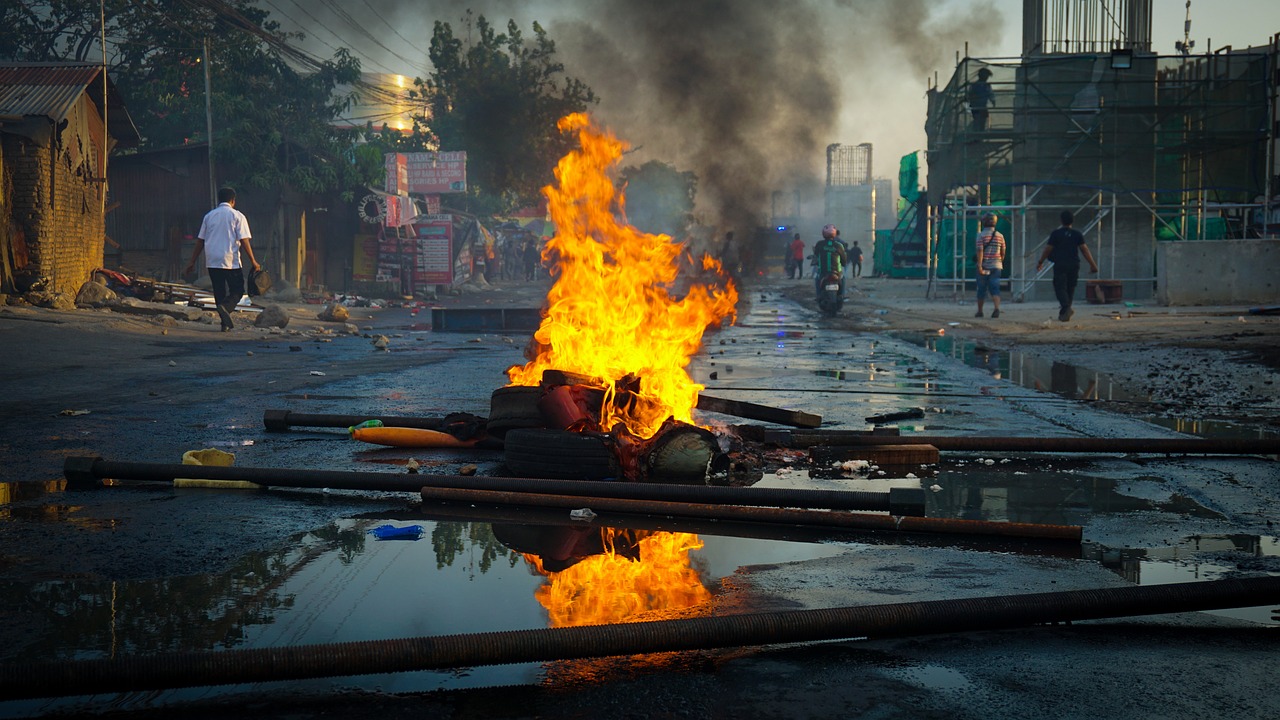
Challenges in Heritage Conservation
Preserving cultural heritage in the face of rapid industrial development poses a myriad of challenges that require careful consideration and strategic planning. One of the primary challenges is the encroachment of urbanization on historical sites and traditional landscapes. As cities expand and modernize, historic buildings and cultural landmarks often face the threat of demolition or neglect, leading to the loss of tangible links to the past.
Furthermore, environmental degradation resulting from industrial activities can have a detrimental impact on heritage sites. Pollution, deforestation, and climate change can erode the physical integrity of cultural artifacts and structures, accelerating their deterioration and compromising their long-term preservation. Balancing economic development with heritage conservation is a delicate task that requires sustainable practices and a commitment to environmental stewardship.
In addition to physical threats, cultural commodification presents a significant challenge to heritage conservation efforts. The commercialization of cultural artifacts and traditions for mass consumption can lead to their devaluation and distortion, undermining their authenticity and significance. Striking a balance between promoting cultural heritage for tourism and ensuring its respectful preservation is essential to safeguarding its integrity for future generations.
Another pressing issue in heritage conservation is the lack of adequate funding and resources for maintenance and restoration projects. Many heritage sites struggle to secure the necessary financial support for upkeep and conservation efforts, resulting in neglect and deterioration over time. Public-private partnerships, community engagement, and innovative fundraising strategies are essential for overcoming financial barriers and ensuring the long-term sustainability of cultural heritage initiatives.
Moreover, the rapid pace of technological advancement presents both opportunities and challenges for heritage conservation. While digital tools and virtual technologies offer new possibilities for documenting, interpreting, and sharing cultural heritage, they also raise questions about the authenticity and accessibility of digital representations. Balancing traditional conservation methods with innovative digital solutions is crucial for adapting to the evolving landscape of heritage preservation in the digital age.
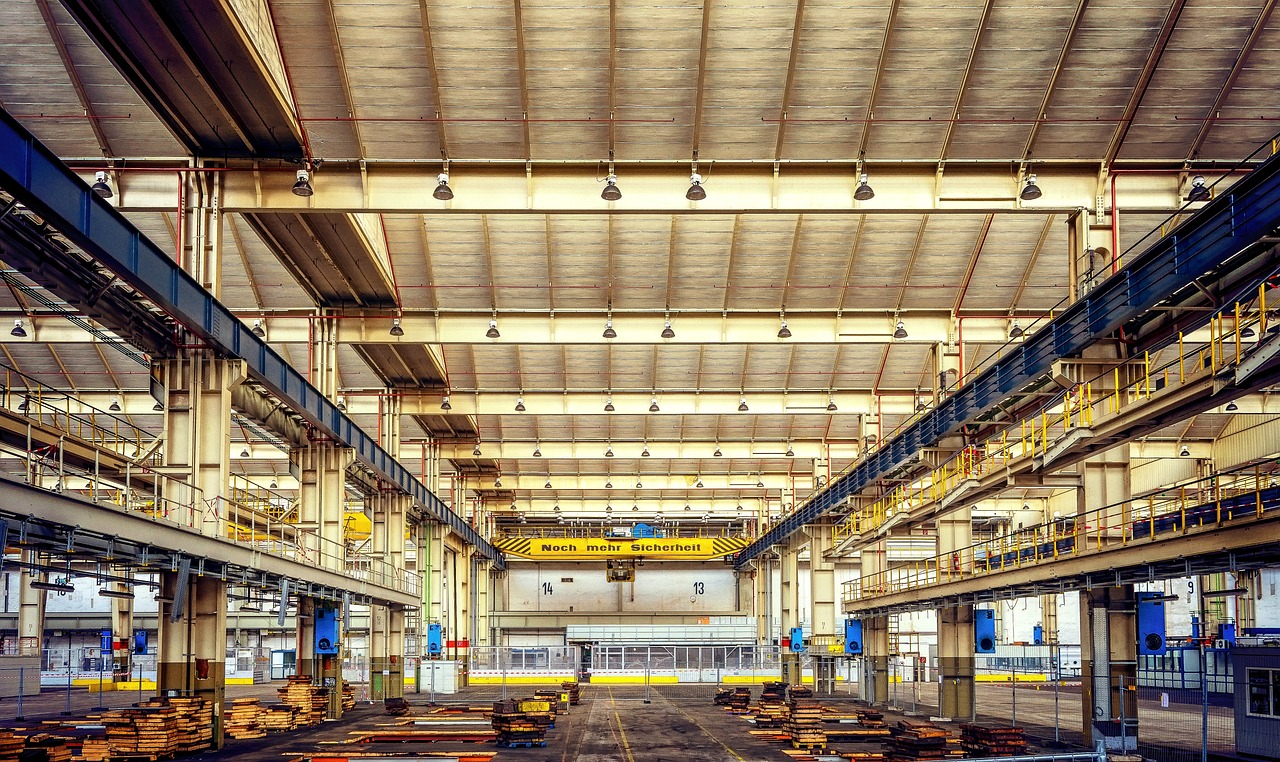
Revival of Cultural Identity
As the Industrial Revolution swept across nations, reshaping landscapes and societies, it also left an indelible mark on cultural heritage. The revival of cultural identity in the aftermath of industrialization has been a beacon of hope for preserving traditions, customs, and knowledge that were at risk of being lost in the whirlwind of progress.
Initiatives aimed at reviving cultural identity have taken various forms, from community-led projects to government-sponsored programs. These endeavors seek to reconnect people with their roots, fostering a sense of pride and belonging in a rapidly changing world. By celebrating indigenous knowledge and traditions, these efforts breathe new life into age-old practices, ensuring they are not forgotten by future generations.
One notable example of cultural revival is the resurgence of traditional crafts that were once on the brink of extinction. Artisans and craftsmen are reclaiming ancient techniques and skills, infusing them with a modern twist to appeal to contemporary audiences. This revival not only sustains cultural heritage but also provides economic opportunities for communities that rely on these crafts for their livelihood.
Furthermore, the revival of cultural identity serves as a counterbalance to the homogenizing effects of globalization. In a world where borders are becoming increasingly blurred, preserving and celebrating unique cultural expressions is crucial for maintaining diversity and fostering mutual respect among different communities. Through cultural exchange programs and heritage conservation efforts, societies can bridge gaps and build understanding across cultural divides.
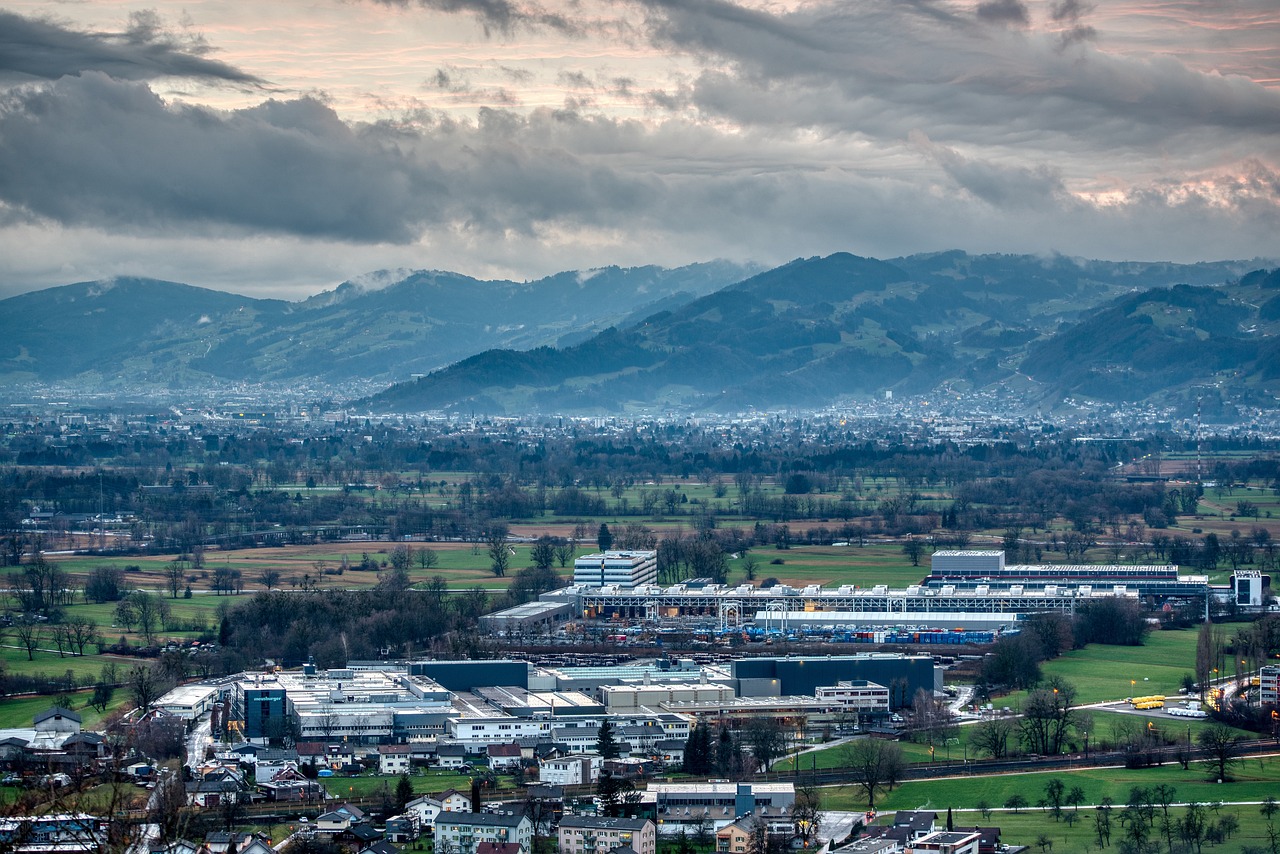
Globalization of Cultural Exchange
The brought about by the Industrial Revolution has been a double-edged sword, fostering both cultural enrichment and concerns about homogenization. As technology advanced and transportation improved, ideas, practices, and artifacts began to traverse the globe at a previously unimaginable pace. This rapid exchange of cultural elements led to a melting pot of traditions, beliefs, and customs, creating a rich tapestry of global heritage.
However, with this cultural exchange also came challenges. The fear of cultural homogenization loomed large as unique cultural identities risked being diluted in the face of dominant global trends. The industrial era saw a blending of traditions and an erosion of distinct cultural practices, sparking debates about the authenticity and preservation of heritage in a rapidly changing world.
Despite these challenges, the globalization of cultural exchange opened up new avenues for creativity and collaboration. Artists, musicians, and writers from different corners of the world found inspiration in diverse cultural influences, leading to the emergence of hybrid art forms and innovative expressions. This cross-pollination of ideas not only enriched the artistic landscape but also fostered a deeper understanding and appreciation of global diversity.
Moreover, the globalization of cultural exchange facilitated cross-cultural dialogue and understanding, breaking down barriers and fostering mutual respect among communities. Through shared experiences and interactions, people were able to transcend geographical boundaries and forge connections based on shared values and interests, paving the way for a more interconnected and harmonious world.
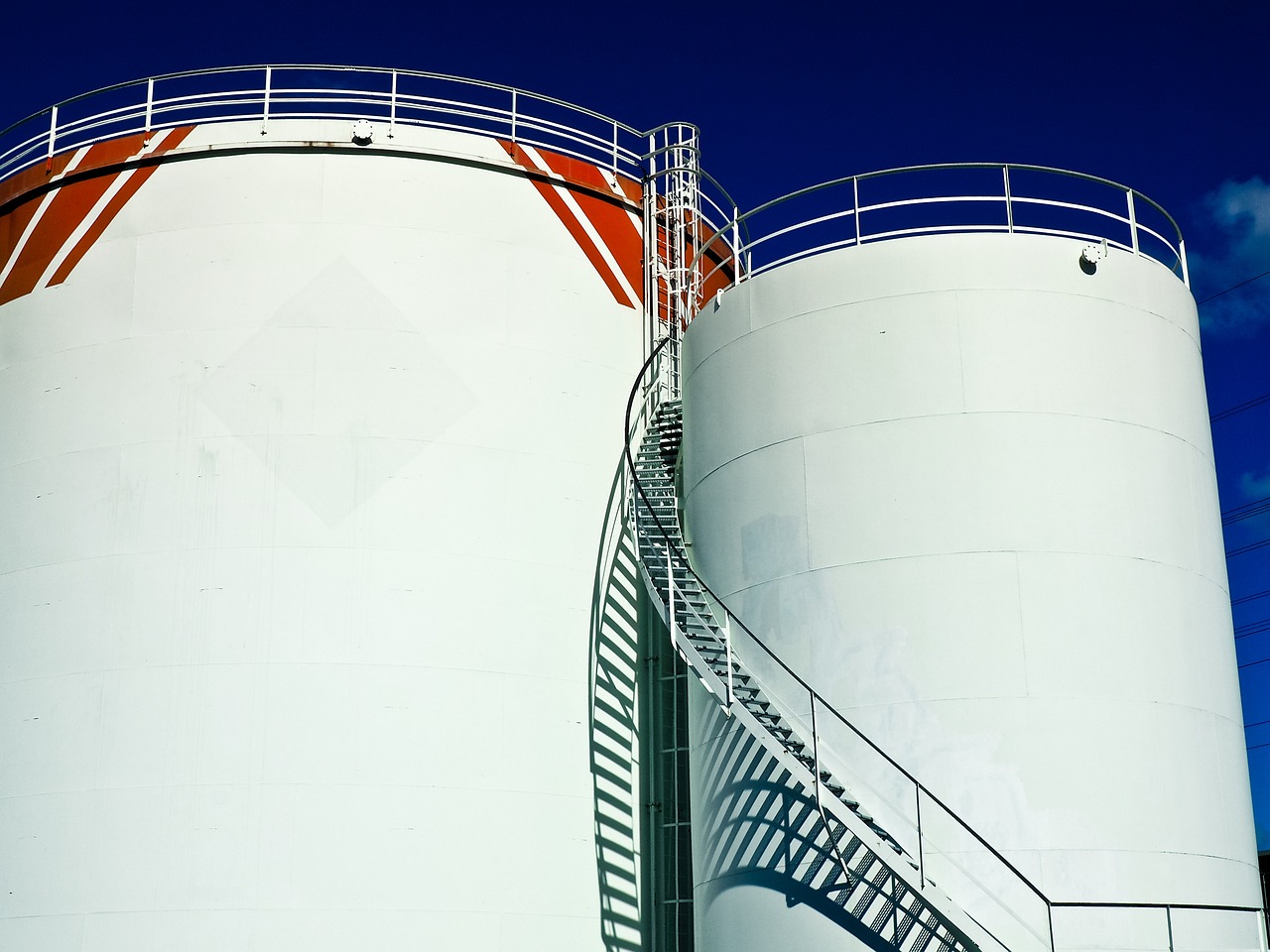
Future Prospects for Cultural Heritage
The future prospects for cultural heritage in the digital age are both exciting and challenging. As technology continues to advance at a rapid pace, there are numerous opportunities to leverage digital tools and platforms to safeguard and promote cultural diversity. One promising aspect is the use of virtual reality and augmented reality technologies to create immersive experiences that allow people to explore and interact with cultural heritage sites and artifacts from anywhere in the world.
Additionally, the rise of digital archives and online repositories provides a means to preserve and disseminate cultural knowledge to a global audience. By digitizing cultural artifacts and documents, we can ensure their long-term conservation and accessibility for future generations. This digital preservation also opens up new possibilities for research, education, and cultural exchange.
Furthermore, social media and online platforms offer avenues for communities to share their cultural practices, traditions, and stories with a broader audience. Through digital storytelling and multimedia content, cultural heritage can be celebrated and preserved in innovative ways that resonate with contemporary audiences.
However, as we embrace these digital opportunities, we must also address challenges such as data security, privacy concerns, and the digital divide that may limit access to cultural heritage resources. It is essential to ensure that technological advancements are inclusive and equitable, allowing diverse communities to participate in the preservation and promotion of their cultural heritage.
In conclusion, the future of cultural heritage in the digital age holds immense potential for creativity, collaboration, and cross-cultural dialogue. By harnessing the power of technology responsibly, we can safeguard our rich cultural legacy and foster a deeper appreciation for the diverse heritage that enriches our global society.
Frequently Asked Questions
- What was the impact of the Industrial Revolution on cultural heritage?
The Industrial Revolution had a profound impact on cultural heritage, reshaping various aspects including architecture, artistic expression, traditional crafts, cultural practices, and heritage conservation.
- How did industrialization influence architectural styles?
Industrialization influenced architectural styles by introducing new materials, construction techniques, and urban landscapes, while also presenting challenges in preserving historic buildings.
- What were the consequences of the decline in traditional craftsmanship?
The decline in traditional craftsmanship due to industrialization resulted in the loss of artisanal skills, leading to efforts to preserve and revive heritage crafts in the modern era.
- How did industrialization affect cultural practices and traditions?
Industrialization altered cultural practices, social norms, and community dynamics, transforming rituals, festivals, and everyday traditions as a result.
- What are the challenges faced in preserving cultural heritage sites?
Preserving cultural heritage sites faces challenges such as rapid industrial development, urbanization, environmental degradation, and cultural commodification.
- What initiatives aim to revive cultural identity post-industrialization?
Initiatives include cultural heritage preservation projects, promotion of indigenous knowledge, and traditions to revive and celebrate cultural identity.
- How did the Industrial Revolution impact the globalization of cultural exchange?
The Industrial Revolution facilitated the global exchange of cultural practices, ideas, and artifacts, enriching cultures while also raising concerns about cultural homogenization.
- What is the future outlook for cultural heritage in the digital age?
The future of cultural heritage in the digital age involves harnessing technology to safeguard and promote cultural diversity, heritage conservation, and intercultural dialogue.













